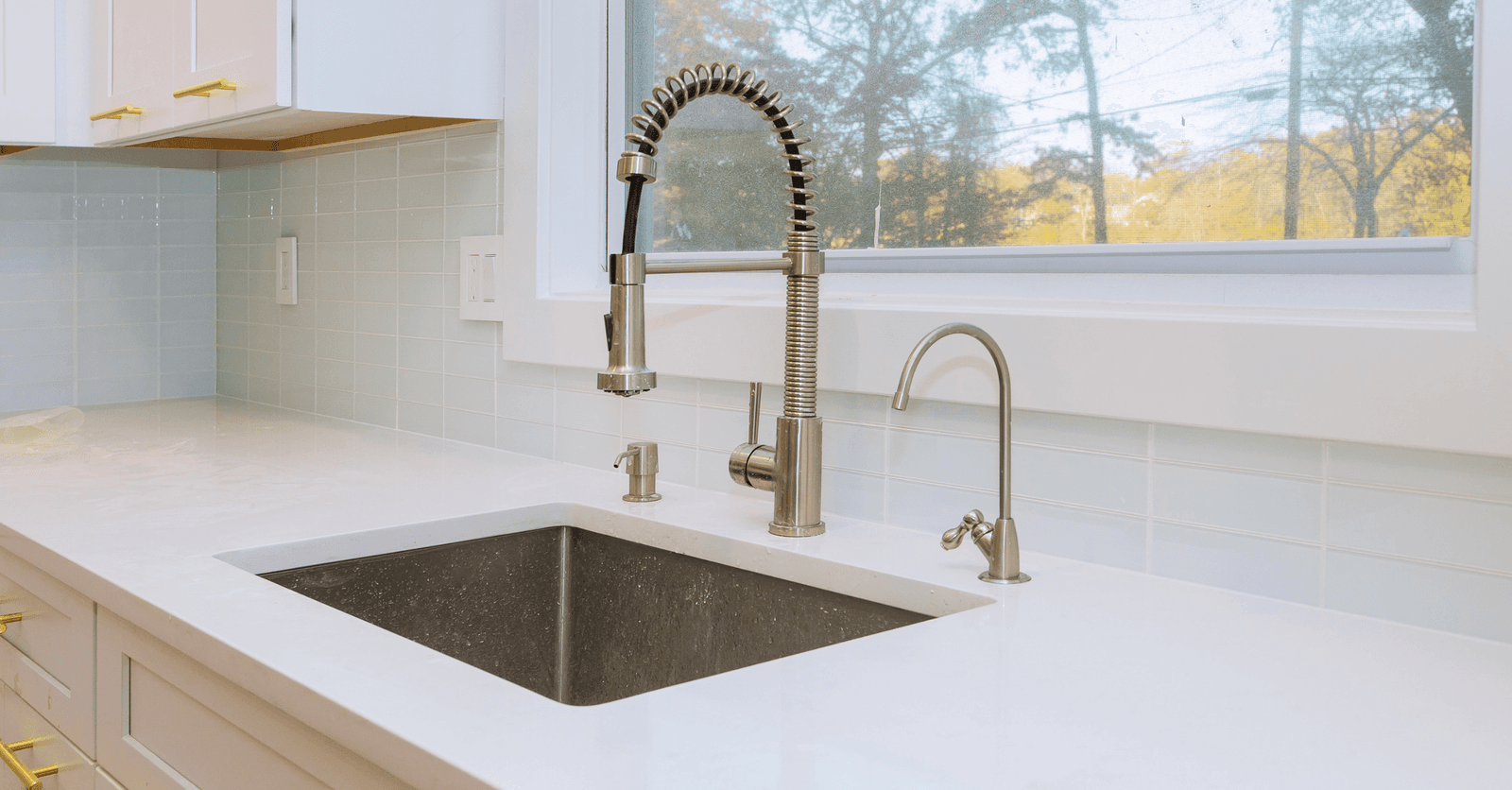
Your home has a variety of moving parts and technological functions. Whether it’s heating or cooling, washing or drying, these functions use plenty of electricity to keep things running. The average North American home consumes 901 kilowatt-hours (kwh) of energy a month.
Now, you might not realize but that’s a lot. For homeowners that are environmentally-conscious or others that want to save some bucks on their monthly bills, there are plenty of ways to reduce your home’s electrical consumption.
But where does one even start to reduce their energy consumption? You may want to cut down on those monthly costs or do your part to save the environment but have absolutely no idea how to enact this process. It’s not as complex as it appears, and we’ll go over the simplest ways to eliminate the use of electricity.
Here's how to reduce electrical consumption in your home

Source : Canva
Use energy-saving light bulbs
A vintage, energy-intensive incandescent lightbulb
Although they may not be as visually appealing as a regular bulb, using energy-saving or LED light bulbs in your home will offer the results you’re looking for. Inherent to their name, they do exactly as they suggest and reduce the consumption of the bulb, using up to 75% less electricity than an incandescent bulb.
Further, energy-saving bulbs have no mercury and should last up to 25 times longer than that average bulb. Also, regardless of the type of bulb you don your fixtures with, remember to keep lights off in the rooms you’re not using or only turn lights on when it’s necessary.
Employ curtains and drapes during colder months
You may not realize but plenty of heat escapes from your windows, even when they’re closed. If your windows have been winter-proofed and properly insulated, the next step would be to use curtains or drapes to keep all the warmth indoors during fall and winter months.
Close your curtains down at dusk to trap all the heat inside. During the depths of winter, try lining your regular curtains with thermal or heavier fabrics. This may not be the be-all and end-all solution, but is a sure-fire way to reduce your home's energy consumption.
Solar Power: harness the energy of the sun
Solar power may not have been on trend a few years ago, but as we become more familiar with the ever-looming global warming, those who are seeking out environmentally-friendly ways to reduce their energy consumption while powering homes. Utilizing solar energy is one of the most effective ways to reduce energy consumption and lower costs.
Although solar roofing panels may cost more upfront, they are far cheaper in the long run. Solar leasing may be another option but will depend primarily on the area where you’re living. Also, if you live in a particularly cloudy climate, you may want to consider one of the other options to reduce energy consumption.
Unplug idling electronics
Whether it’s the computer sitting in your home office, or the blender, mixer and coffee maker trio taking up counter space in your kitchen, these appliances are eating plenty more energy than you might realize.
Devices such as televisions, microwaves, printers and others use standby power even when they’re turned off but remain plugged into your wall. Try touching the plug; does it feel hot? That’s the electricity travelling through it. Unplug your electronics when they’re not in use, and see if you can spot the reduction on your next bill.
Invest in energy-efficient appliances
If your home is donned with a fridge and dishwasher from the 1980’s, chances are they’re using more energy than you might actually realize. When shopping for new appliances, look for those that are listed as energy-efficient. Specifically, Energy Star appliances are certified and use 10 to 50 percent less energy and water than those without certification. As with most energy saving solutions, they may cost you more initially, but the cost will be made up in your future electricity bills.
Looking for something else?
Related articles
The latest industry news, interviews, technologies, and resources.

Editorial Team
•16 Jun 2025
Balcony decking is as abundant as it is diverse. While wood ranks amongst the top favourites, fibreglass isn’t far behind, quickly gaining popularity.

Editorial Team
•13 Jan 2025
Is having to bundle up before heading out for work already making you dream of warmer weather? Don’t worry, sunnier times are ahead.

Editorial Team
•09 Oct 2024
Walls are blank canvases awaiting your creative genius. Adding personality and character to a room by way of wall treatments isn’t all that difficult. If you’re a homeowner looking to move beyond the obvious gloss, semi-gloss, or matte paint finishes, then decorative wall coverings could be right up your alley.

Editorial Team
•20 Nov 2023
Do you have to change your old kitchen sink? The models available on the market are just as wide-ranging as they are diverse, meaning finding the right sink for the job can be quite tricky! To help guide your decision, here’s a rundown of the leading sink models.

Editorial Team
•07 Nov 2023
We’ve said it before and we’ll say it again, curb appeal is real! Tending to and maintaining a beautiful garden on your front or back lawn brings a lot to a home.